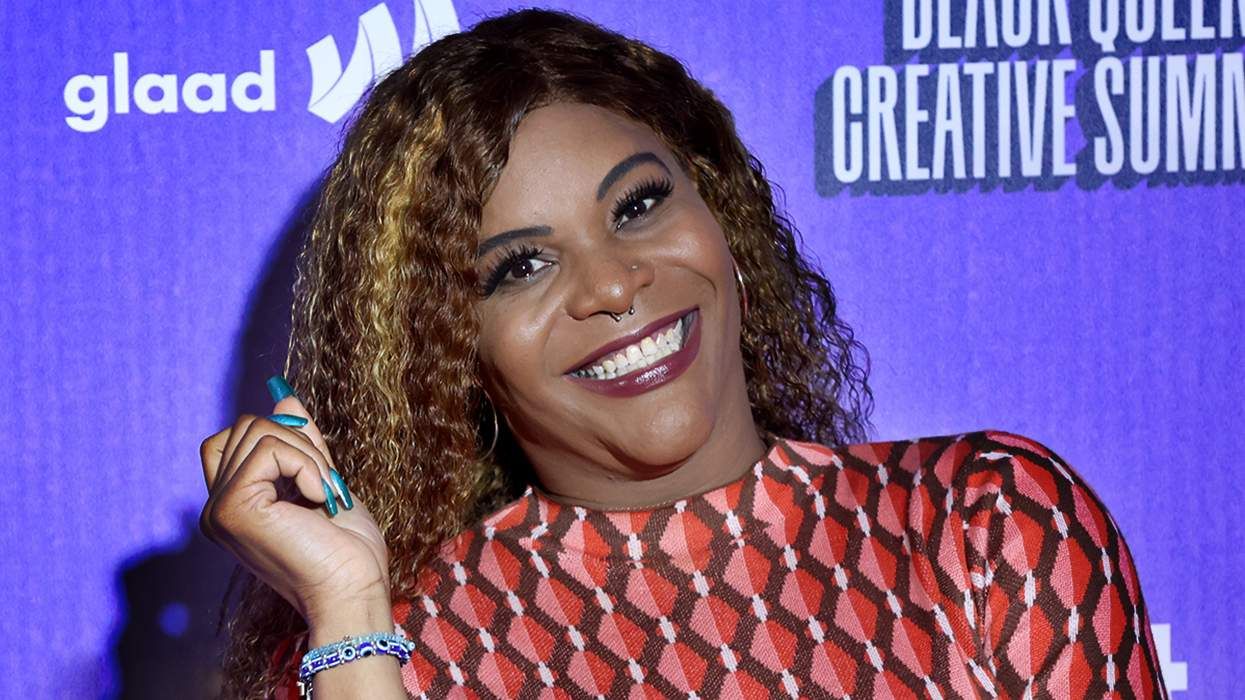For the LGBTQ+ community, stress is escalating.
Today, perhaps more than at any time for many living queer Americans, our rights, identities, and very existence are under attack. With the erasure of trans identities from public discourse, life-saving medical care is being increasingly restricted, and even fundamental rights like marriage equality are back on the chopping block. The growing hostility toward queer and trans people, both legislatively and socially, creates a deep and persistent sense of unease.
When we feel we must stay hyper-vigilant to exist safely, our nervous systems never get a chance to settle.
Anxiety doesn't just live in our minds; it takes root in our bodies. Panic attacks, depression, and a loss of sexual desire can derail our daily lives. At the same time, insomnia, altered breathing, high blood pressure, and headaches create a ripple effect, intensifying our distress. Anxiety is often an invisible force, slowly draining our energy and making it harder to engage fully in our relationships, work, and sense of self.
What makes anxiety especially insidious is that it doesn't require real danger to feel like a threat.
Our perception plays a critical role here. When we believe something is threatening, our bodies respond as if survival is at stake. The fight, flight, freeze, or fawn response is a natural, even necessary, mechanism in moments of real danger. But in the case of chronic anxiety, our bodies prepare for an escape that never comes, leaving us locked in a cycle of stress.
And yet, we're often told to "just relax" or "not let it get to us." But how do we relax when the body perceives a constant threat? How do we release tension when we never feel truly safe? The answer isn't in thinking out of anxiety; it's in reconnecting with our bodies, ultimately returning to love and care for ourselves and those closest to us.
Embodiment as a Path to Relief
Common answers like self-care and reaching out to the community are simple. Still, they can be difficult in daily life, compounded by an endless cycle of stress. When anxiety manifests as fatigue, headaches, or digestive distress, even bare acts of care can feel out of reach. Yet, amid this struggle, I've found something that genuinely helps: embodiment, a conversation with our physical body that allows us to feel our experience and think about it.
Embodiment circles for many communities are emerging – in person and virtually – across the country and worldwide, offering a way to reconnect with our bodies and find relief. Many of these gatherings embody movement, breathwork, sound, visualization, and focused attention to help us access the wisdom of our bodies. Anxiety is a prime example of why this work matters. When we perceive a threat, our bodies react first. Embodiment practices allow us to listen to those signals, release stored tension, and shift from reactive fear to grounded presence.
This kind of practice isn't about achieving some perfect state of calm; it's about creating space for awareness and providing tools to address disruption and overwhelm healthily. In The Circle Podcast, I often talk about how embodiment isn't about getting rid of anxiety; it's about relating to it differently. When we develop the capacity to notice what's happening in our bodies without immediately trying to fix or push it away, we can shift our relationship with stress.
While yoga is a well-known embodiment practice, many other traditions inform today's embodiment work, making it accessible to many people. Somatic or body and breath-focused practices rooted in Indigenous traditions, martial arts, dance, and even breath-focused meditations all contribute to modern embodiment. At its core, embodiment work invites us to explore how we move, breathe, and inhabit our bodies to cultivate resilience.
Why Community Matters
Equally important, these spaces foster community. Anxiety thrives in isolation, but when we gather and hear someone say, I feel this too, it becomes easier to step out of the spiral. the validation of shared experience is robust; we find relief and strength within these circles.
I often discuss the importance of "co-regulation," the idea that the people around us profoundly influence our nervous systems. When we are anxious, being around someone who is grounded and steady can help regulate our bodies. This is why community is so essential. It's not just about talking things out—it's about feeling the support of others and allowing that energy to shift something inside us.
Many people who come to embodiment circles express a sense of exhaustion, not just from anxiety itself but from carrying it alone. They find permission to breathe, move, and shake off tension naturally in these spaces. They begin to see that anxiety is not just a personal failing but a collective experience we can navigate together.
How to Get Started with Embodiment Practice
If you're curious about embodiment practices, there are growing resources to explore. Podcasts, often free to listen to and produced by various community members, provide insight into how these practices support personal and communal well-being. In-person and online embodiment groups are also increasingly available, offering spaces to connect, practice, and grow.
The good news is that you don't have to wait for a formal class to start. Simply taking a moment to pause, breathe deeply, and notice what's happening in your body is an act of embodiment. Shaking out tension, stretching, and humming are small practices that can help shift your nervous system. The key is consistency.
Building Resilience for the Road Ahead
In times of uncertainty, we must develop tools that help us meet the moment with strength and steadiness. Embodiment practice is one such tool, offering us the necessary self-love when outside forces make us feel unwelcome or unseen. Just as an Olympian warms up, we must prepare ourselves for these moments to engage in our lives safely, thoroughly, and effectively.
The world may not feel safe right now, but we can cultivate safety within ourselves. And when we do that together, we remind each other that we are not alone.
Timothy Bish is a men's embodiment coach and facilitator with a deep background in yoga and acupuncture. He's the co-founder of The Circle: A Queer Men's Embodiment Podcast and is passionate about bringing the power of men's work to the queer community. Based in Provincetown, Tim leads the Men's Embodiment Circle, teaches yoga, coaches one-on-one, and runs Helltown Fitness—all with the aim of helping people be their healthiest to live their happiest.
Voices is dedicated to featuring a wide range of inspiring personal stories and impactful opinions from the LGBTQ+ and Allied community. Visit pride.com/submit to learn more about submission guidelines. We welcome your thoughts and feedback on any of our stories. Email us at voices@equalpride.com. Views expressed in Voices stories are those of the guest writers, columnists and editors, and do not directly represent the views of PRIDE.com or our parent company, equalpride.
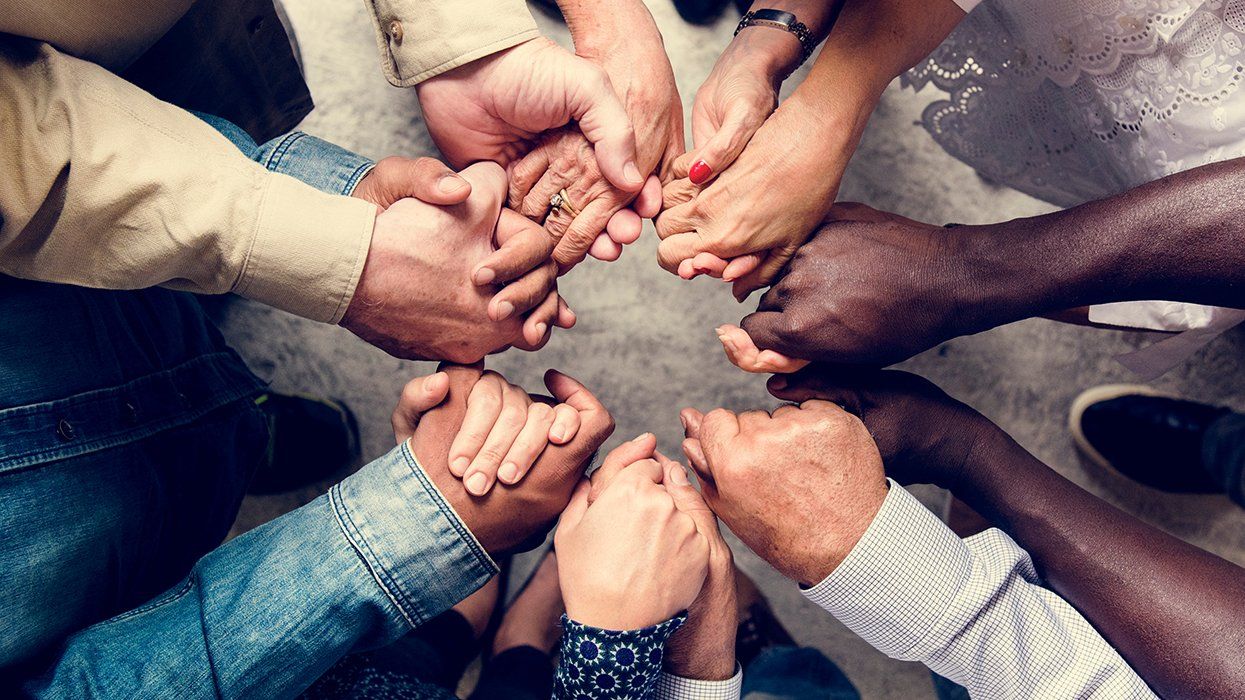

















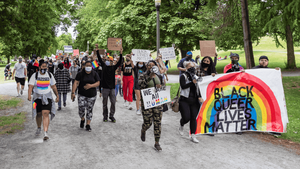




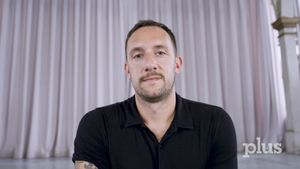
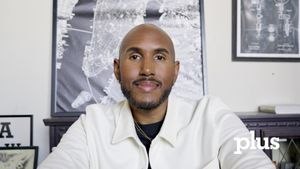




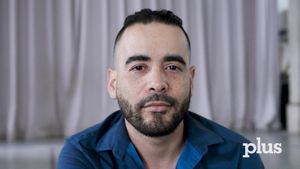

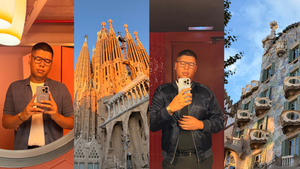









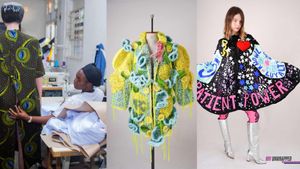
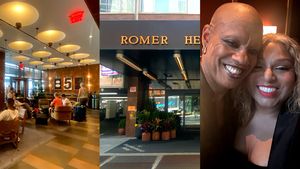



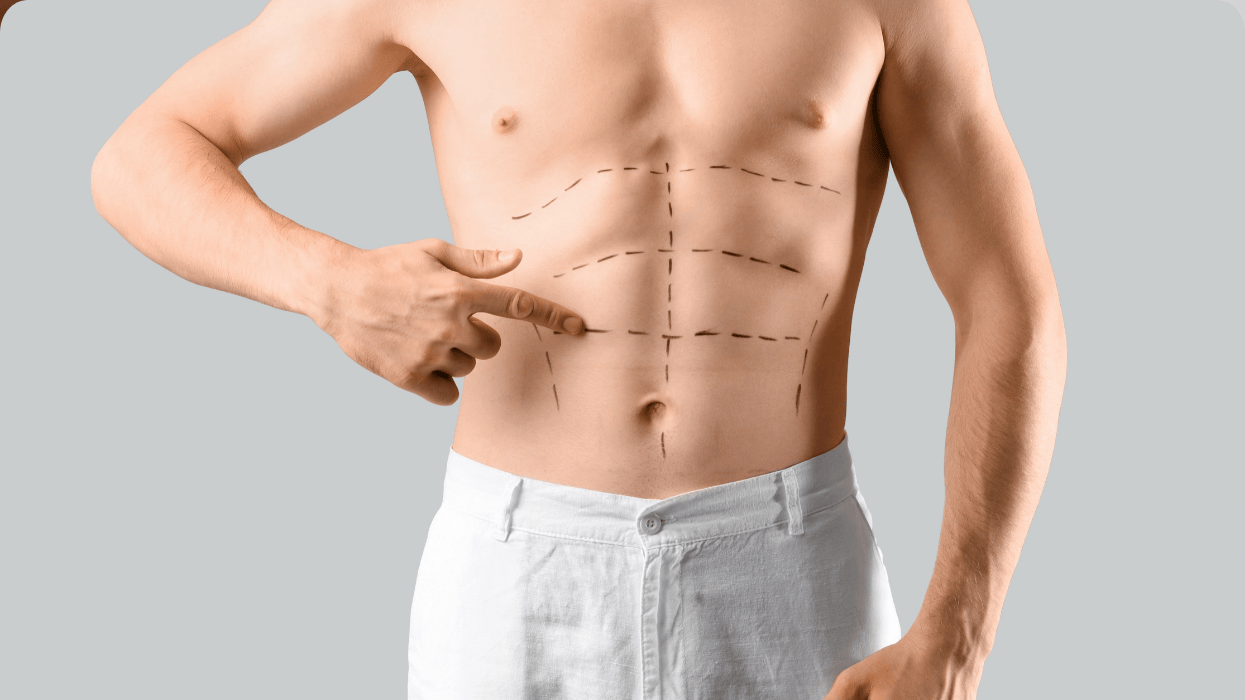

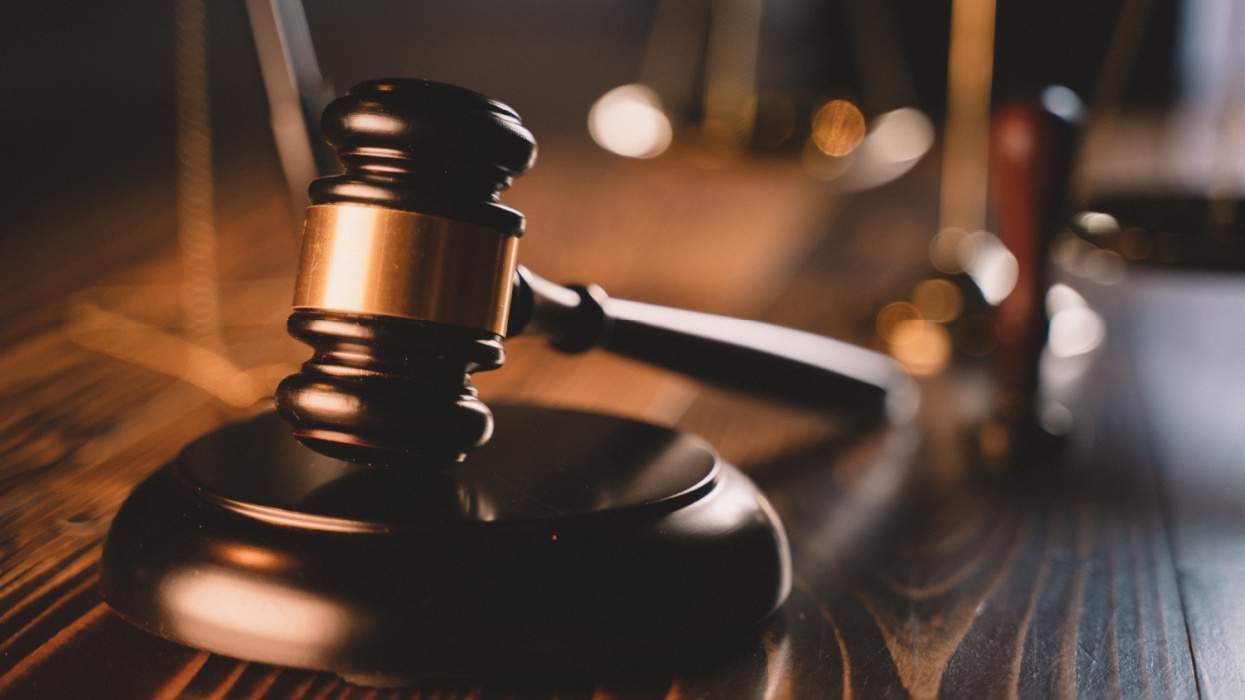
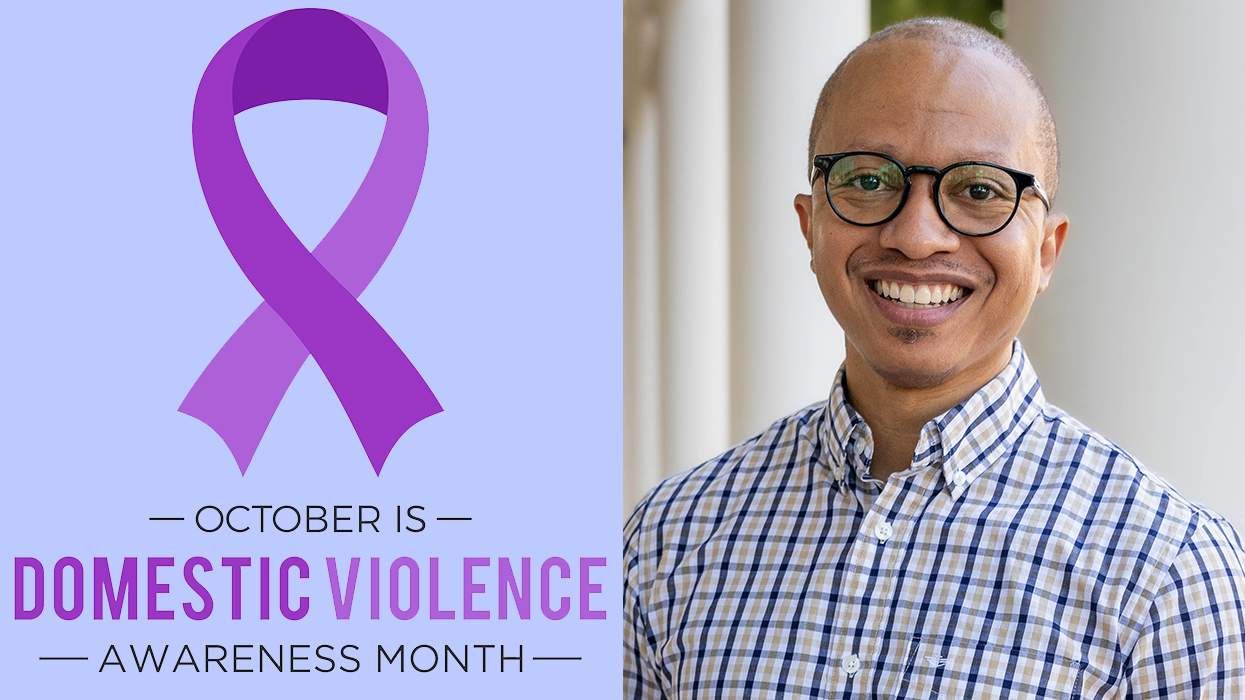






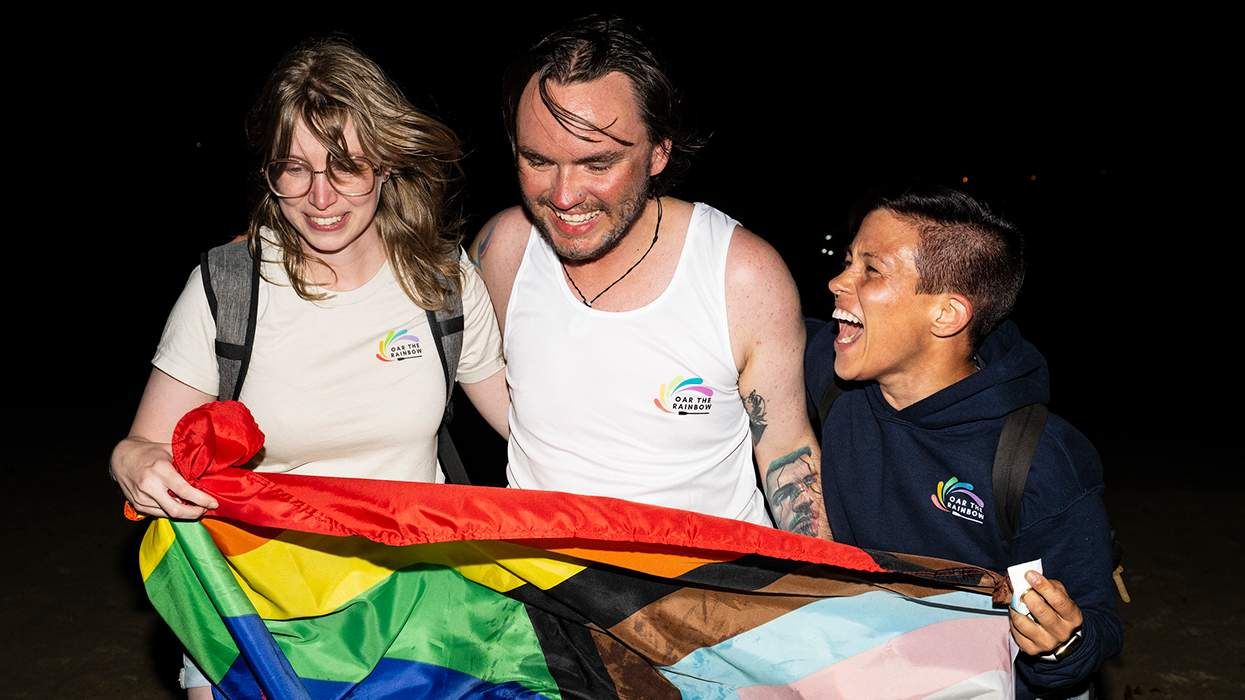
 Stulting and fellow 'Oar the Rainbow' teammates completing the 'World's Toughest Row' competition. Courtesy WORLD'S TOUGHEST ROW
Stulting and fellow 'Oar the Rainbow' teammates completing the 'World's Toughest Row' competition. Courtesy WORLD'S TOUGHEST ROW
 Connor McSweeneyCourtesy Pictured
Connor McSweeneyCourtesy Pictured